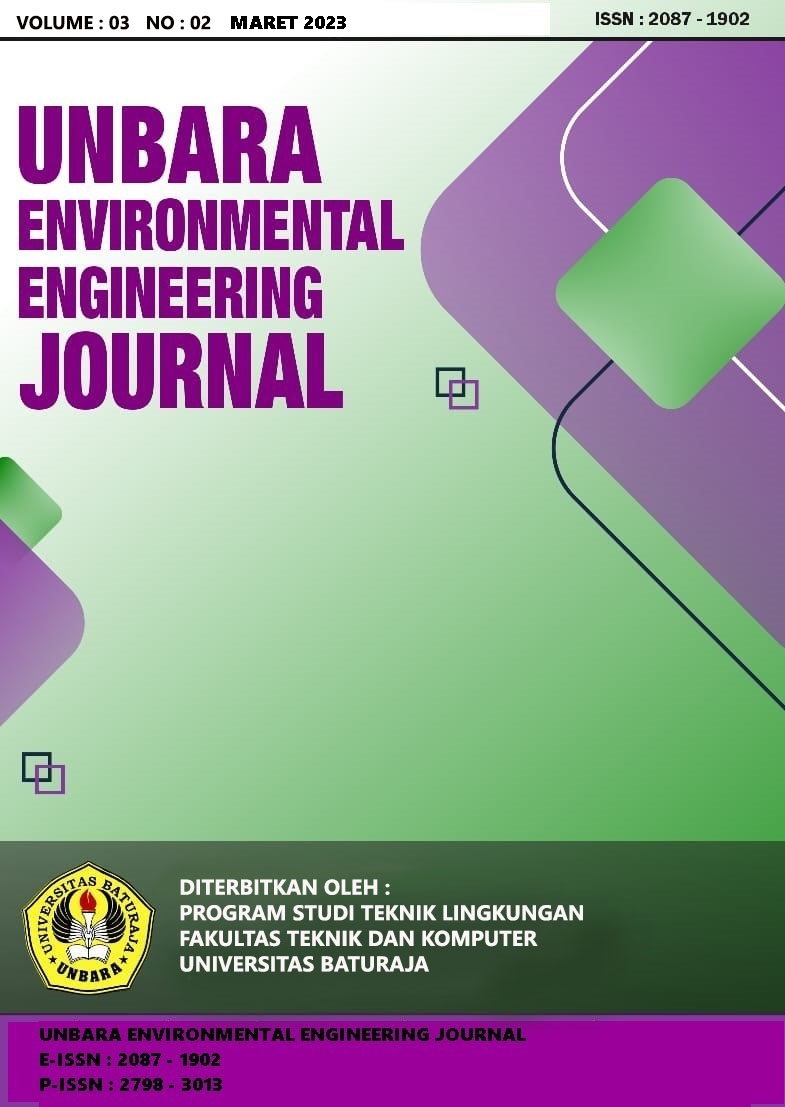Kajian Pengelolaan Kecelakaan Kerja Industri Minyak dan Gas Lepas Pantai (Offshore) dengan Metode Failure Mode Effect and Analysis (FMEA)
Assessment Of Occupational Accident Management of The Oil and Gas Offshore Industry Using Failure Mode Effect and Analysis (FMEA) Method
Abstract
As a company engaged in the oil and gas industry, this industry is always faced with very high risks and dangers. These hazard risks, if not managed properly, can cause losses, accidents or disasters to humans, materials, equipment and the environment around the work area.
The application of technology in the oil and gas industry can have a dangerous impact on human safety, the impact of environmental pollution and damage to technology and equipment. Risk analysis and identification must be carried out especially on offshore platforms by identifying the risk of potential accidents that result in emergency conditions.
The industrial sector was a disaster-prone activity so it was necessary and obliged to implement disaster management properly. Examples of sources of disaster in industry are gas leaks from offshore platforms such as hydrocarbons and H2S, oil spills due to underwater pipeline leaks, as well as fires and explosions that occur from splashing drilled wells.
The industrial sector was a disaster-prone activity so it is necessary and obliged to implement disaster management properly. Examples of sources of disaster in industry were gas leaks from offshore platforms such as hydrocarbons and H2S, oil spills due to underwater pipeline leaks, as well as fires and explosions that occur from splashing drilled wells.
Mitigation that can be done to reduce the risk of accidents or incidents was to improve work systems such as improving standard operating procedures (SOPs) specifically in the offshore facilities area, then assigning several special personnel to verify all work documents, and conducting socialization and training to supervisors for improvement. work management through workforce schedule planning that was integrated with the central system.
References
Dwi Septalita, E. (2018). Kecelakaan Kerja Di Area Pengeboran Minyak Dan Gas Tahun 2012 - 2016. The Indonesian Journal of Occupational Safety and Health, 7(1), 52
Ihsan, T., Edwin, T., & Octavianus Irawan, R. (2017). Analisis Risiko K3 Dengan Metode Hirarc Pada Area Produksi Pt Cahaya Murni Andalas Permai. Jurnal Kesehatan Masyarakat Andalas, 10(2), 179–185. https://doi.org/10.24893/jkma.v10i2.204
Rosyid, D. M., & Jamil, M. Y. (2017). Risk Assessment of Onshore Pipeline in Area Gresik. International Journal of Offshore and Coastal Engineeing, 1(1), 29–34.
Rusba, K., Hardiyono, H., AL, J. E., Siboro, I., Pongky, P., & Tobarasi, I. (2019). Implementasi Keselamatan Kerja Pada Pembuatan Area Drilling Rig Dengan Pendekatan Task Risk Assesment (Studi Kasus: Pada XYZ Indonesia Di Kalimantan Timur). Jurnal Public Policy, 5(2), 123–133.
Sugiantara, Ketut. dan Basuki Minto. 2019. Identifikasi Dan Mitigasi Risiko Di Offshore Operation Facilities Dengan Menggunakan Metode Failure Mode and Effect Analysis. Jurnal INTECH Teknik Industri Universitas Serang Raya 5(2) 87-92.
Wang, Y.-M., Chin, K.-S., Poon, G. K. K., & Yang, J.-B. (2009). Risk evaluation in failure mode and effects analysis using fuzzy weighted geometric mean. Expert Systems with Applications, 36(2), 1195–1207



